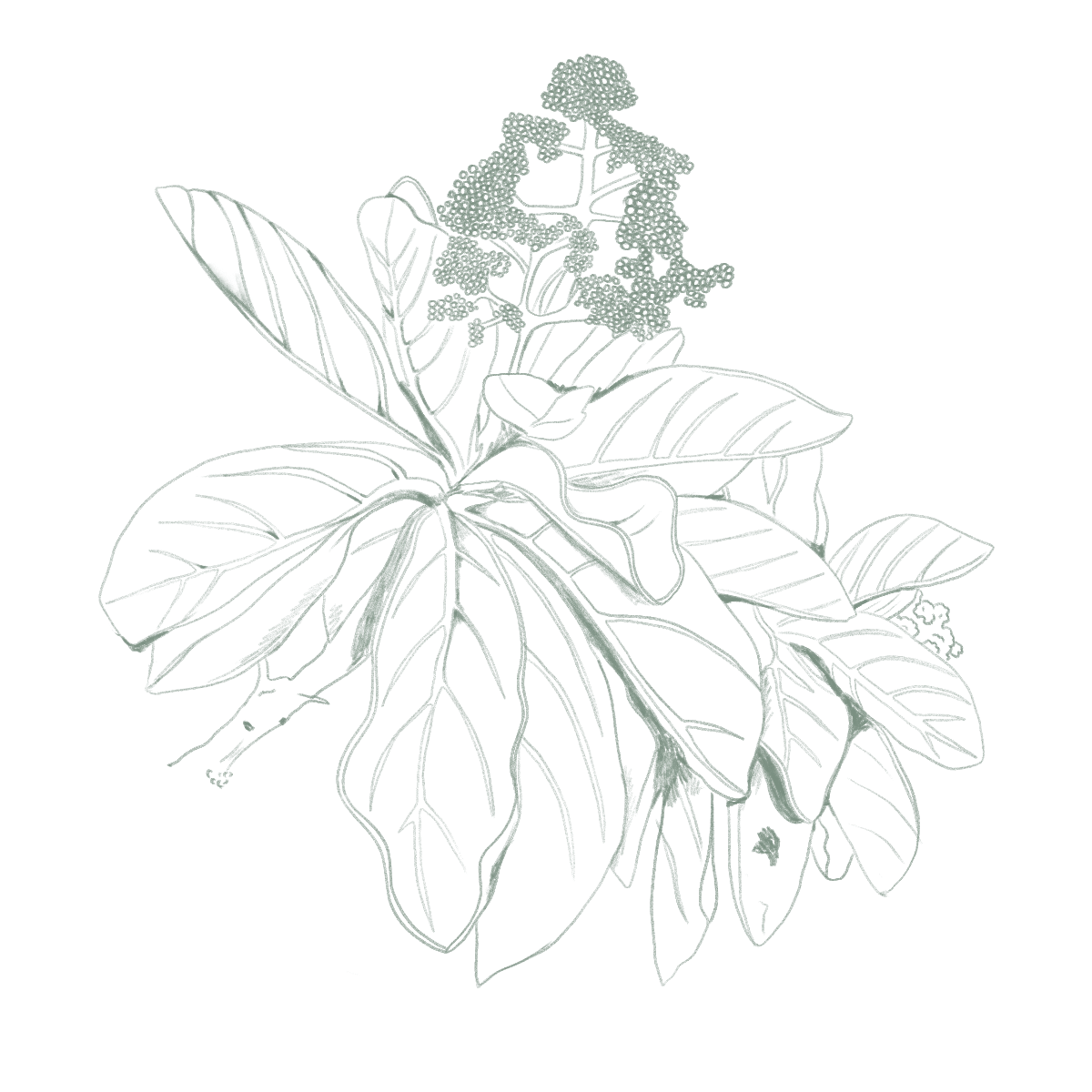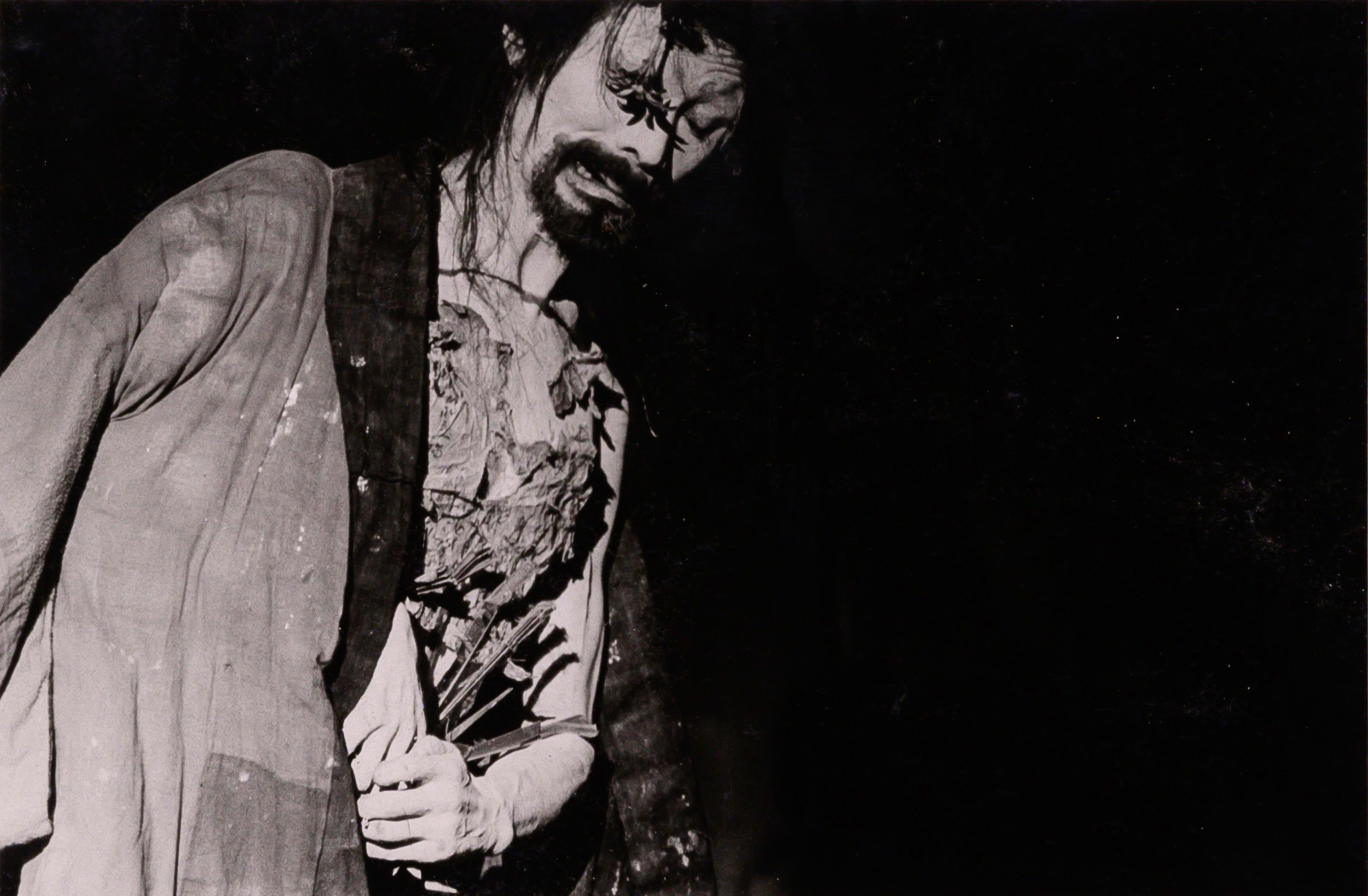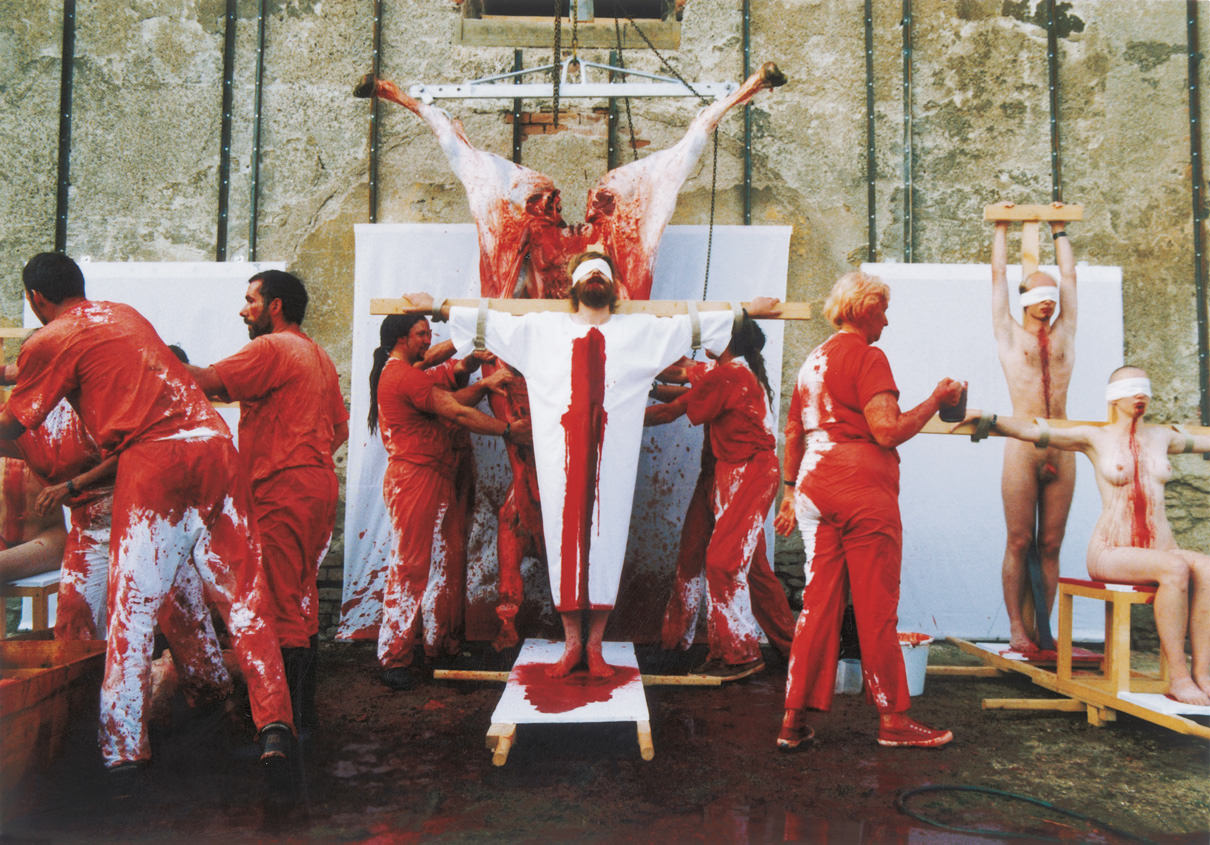ART IS AN ORDER. ITS CATEGORIES SHOULD APPEAL TO FLUIDITY, BUT ESCAPING THOSE STRUCTURES THAT CONTAINED THEM IN THE PAST SCARE US, THEY MAKE US FEEL UNCOMFORTABLE AND DISORIENTED.
PERSONIFYING THE UNIVERSE. SOME NOTES ON TAXONOMIC CLASSIFICATION IN THE ART WORLD
PERSONIFICAR EL UNIVERSO. ALGUNAS NOTAS SOBRE LA CLASIFICACIÓN TAXONÓMICA EN EL MUNDO DEL ARTE
Translated by

Utopias comfort: because as they don’t have a real place, they develop in a wonderful smooth space.
—Michel Foucault, The Order of Things
Progress is always a returning.
The fundamental codes of a culture, as Foucault pointed out, set in advance for each man the empirical orders with which he will have something to do and recognize himself.1 In this statement, the French theorist involves the eye as the sense on the plane of the sensory, which provides its own recognition in the authentication of an image. In other words, Foucault admits that for each civilization, for each historical-geopolitical territory and, afterwards, for each vanguard and social group, tangible and material art survive as an archaeological proof of evidence of these bodies. Erwin Panofsky likewise confirmed that «The idea of a socioculturally constructed vision is presented as that which governs and is 'visualized' in a way of art»,2 whose reflection as the establishment of a scopic regime, Christian Metz confers on each visual culture built in a given era.3 Along with the above, in Painting. The Concept of a Diagram, Gilles Deleuze confessed not being sure that philosophy has contributed anything to painting, so perhaps this is not how the question had to be posed, but rather the other way around: the possibility that painting has something to contribute to philosophy:4 as we can corroborate in previous deductions, categories are subdivided or display their fate in different effects. We could add one more Foucaultian notion that opened possibilities at the start of classifications: mimesis as a guarantee of a first history of categories, a history of similarity («The history of the order of things would be the history of the Same»5). One of the most beautiful examples that he exposes in The Order of Things are colored classifications of what exists in ecomimesis: those correspondences that empathize with the stars of earth –plants, generally green– are linked to celestial stars: «Nature, like the interplay of signs and resemblances, is closed in upon itself in conformity with the duplicated form of the cosmos».6 But also of its difference –as he adds later in the same book– by exclusion or antagonism, even when at certain moments in history, ars and tekné constituted a kind of synonym or related words in Ancient Greece, later in Renaissance and today, in the art of new media and new technologies.
From the Enlightenment period an obsession with classification arose –a result of a process that, like everything else, had been brewing for a long time– which became the consequent hierarchies and praxis characteristics of the Modern West, whose golden rule could be: «A is different from B, therefore it belongs to C». The division proposed by Immanuel Kant destined that the box of art should be ordered on the shelf of Judgment, inasmuch as it was about a contingent, subjective, but at the same time, universal manifestation. (Which is to say that, according to Kant, true art is uniformly appreciated by the entire human species, ergo, an Inuit marvels at the representation of the sublime in the same way that a Tzotzil or a European would). Although archaic, this categorization still prevails in veteran generations who were trained and lived under the shelter of these premises, thus distancing them from the spiritual constitution of the abstract and the geometrical present in artists like Kazimir Malevich and Wassily Kandinsky. By favoring figurative representation, they ignored, among other facts, the displacement from sculpture to installation and other hybrid manifestations that emerged as a consequence of the application of technological advances to the representation in cinema, or the jump from the autonomy of dramaturgy to mixed performance art.7
It may be that the 19th century evidences yet another transition in progress: from patronage to criticism and subversion, but also to propaganda and official art again in the vanguards. From order to a chaos that promises better results when the porosity of history is revised against the grain, thanks to the analyses of Aby Warburg or Walter Benjamin: Warburg and his Atlas Mnemosyne, an ambitious project that he undertook at the beginning of the 20th century to traverse, decipher and interpret western artistic iconography. Along with constellar systems, Benjamin's Compass Roses, transgress the linear norm of an investigation that ranges from intuitions to etymological relationships, topographic, spatial organizations and optical alignments. I don't know if Warburg and Benjamin ever met in person or at least in a referential way, but observing the images that Warburg organized in a kind of chaos that surely only he understood, he reminds us of Benjamin's constellations in their graphic sense and order. In this manner, we understand how Warburg could make such an study from the then scandalous Le petit déjeuner sur l'herbe painted by Édouard Manet, tracing the past to exhibit the use of female nudes in coexistence with dressed-up men in a Giorgione’s piece and, in turn, find the position of one of them in a Roman relief for which Marcantonio Raimondi made his corresponding engraving in The Judgment of Paris.
In time, the chronological intersections marked by a particular decorative aesthetic have become thinner: from the Mesopotamian and Pharaonic art that lasted millennia, to the Renaissance and Western Baroque, which lasted for centuries, to the 19th century schools that lasted for decades, to the avant-garde from the beginning of the century that lasted for lustrums. Still, we are faced today with labels such as «contemporary art» or «postmodernity» that already smell old, as they have lasted too long. Faced with our impossibility of deciphering the times we live in and only being able to understand that the chronic thinning of isms, neos, generations and groups, is a consequence whose substratum has been anchored in the modern era, our confusion becomes patent on specialized book titles such as What was contemporary Art?8 In a matter of an instant we transform the bon goût and the aesthetic and pristine Kantian beauty into the mysterious but alluring ugliness of the abject, deformed and cruel. The refinement of the modern elite willing to insist on a new version of the classic, versus cannibalism, coprophagy and narcopolitics. We cease to insist on a single Western, heteropatriarchal, and colonialist perspective of analysis, in order to wield other elements that explain the ecological catastrophe: activism and entropy, periphery and history told from intersectionality, the paradoxical expansion of multiplicity characteristic of the so-called minorities and the infinite possibilities that have new meanings such as the acronym LGBTIQ, which is intended to outline a series of alternative genders, of possible infinities.

Another category that proved its flaw in the last century was the division between the East and West as diametrically opposed ways of seeing, doing and thinking, until the beginning of the global processes initiated in 19th century neocolonialism. These gave birth to heterogeneous results, as is recorded in each historical process at the time of an important exchange between two cultural orders. The hybrid that emerged in postwar Japan in the Butoh dance of Hijikata Tatsumi initially collected Western influences from Jean Genet, Antonin Artaud and Georges Bataille. Transgression, the grotesque and violent, the dark and shamanic accompanied the dance as well. From formal to formless, in its attempt to undermine the insistence on the purity of the form that the geometrical vanguards had achieved, starting from the bizarre, the non-Euclidean: it is the contradictory integration of readability and confusion, the descent into transformative darkness, nuclear horror produced by cowardice, refinement, comfort and complacency, accompanied by anharmonic sounds mixed with engine noise: the soundtrack of modernity; the caricature of gender, age, nationality and status. The modernist canon hidden in the emphasis of the hegemony of sight, specificity and the purification of the environment, is turned upside down by the oriental synthesis of these manifestations that leave behind what is considered conventional. There are two realities embedded in the content of an intestine, one does not exist without the other: form and content. The audience is constrained to observe, feel and empathize with their own weakness: affected bodies, diseases that disfigure, scoliosis, leprosy, rickets. The whole is the void, the nothingness of the body that dissolves to be reassembled under new principles. To wish to be born disabled to be able to further understand.9 In correspondence with the aforementioned, as a continuous work in progress, it is necessary to mention the heritage of Viennese actionism, the poetry-performances of Bob Flanagan and Orlan, the cancellation of the Hermann Nitsch exhibition at the Jumex Collection after the murder of the 43 in Ayotzinapa for not being considered «politically correct» —this, on the contrary, could not have had a better time for symbolic catharsis. Any other way, the official importance of the famous phrase said by the then General Attorney in Mexico, Jesús Murillo Karam, better known as «the historical truth», managed to conceal the voice of the artistic institution in question.10

We must remember that some avant-gardes such as the surrealist –enunciated as the last European intelligence by Benjamin– went beyond chronology as a horizon for categorization. Its essence lied in a sui generis experience, a way of being and existing able to traverse times and nationalities: Paracelsus is as surreal as Lewis Carroll, the Marquis de Sade and Pancho Villa. The new categories could also be based on the media ontology as when Friedrich Kittler succeeded in outlining a new perspective applicable to questions of format: from parchment to books, from Egyptian hieroglyphics to binary code. The format as a possibility of the existence of a comparative literature that would have been practically impossible to execute with such speed if we continued to pay attention to the reading in rolls arranged on a table long enough to be spread out. At the same time, the possibilities that the Meiji period opened for the generation of impressionist painters and, respectively, for the Ukiyo-E school in the late 19th century, even though few understand that to admire the painting of ancient oriental art you did not need a frame or an easel but, again, a long table.
Probably, in the inability to understand absolutely everything and thus control every mystery, the first order of categories and classifications was to establish the difference of the divine, that is, the ungraspable for human beings. We create these boxes to contain irrepressible elements. When a category system ceases to serve, another must be established. It is a renewable and constant process. Art is most likely an order whose categories should rather appeal to fluency, but to flee from those structures that contained them in the past causes fear, and makes us feel uncomfortable and disoriented. Therefore, we turn to subcategorize what has already been organized: essay cinema, auteur cinema, documentary, fiction documentary, in the eagerness that a multiple chaos of variations can be capable of being ordered, controlled, dissected.
Mark Dion on Thames dig, turning Anthropocene trash into art and, before him, Gordon Matta-Clark roasting a pig under the Brooklyn Bridge where homeless people lived, with the object of achieving social cohesion between the elite and the untouchables. Categorize or uncategorize.
The Latin American neo-avant-gardes as a corrected and augmented continuation of the broken European avant-gardes: Neo-Concreteism in Brazil, the Tzantzicos in Ecuador, The Roof of the Whale in Venezuela. Luis Kamnitzer proposing new categories of social art based on a dialectic of liberation.
Another new category as a proposal: Is art a form of magic or is magic a proper form of art?
×
NOTES AND REFERENCES
- Michel Foucault, 2005. The Order of Things. New York: Routledge. p.2
- Erwin Panofsky, 1991. Perspective as Symbolic Form. Zone Books.
- Christian Metz, The imaginary signifier. Bloomington: Indiana University Press, p. 200
- Gilles Deleuze, 1981. Painting and the Question of Concepts. Purdue AVAILABLE HERE
- Michel Foucault, op. cit., p. 95
- Ibídem, p. 35
- And with the previous statement, I am not only referring to the incorporation of the photographic or cinematographic medium for mere recording, but also integrated into a new semiotic language.
- Title of the book that Richard Meyer published in The MIT Press, 2013.
- The previous paragraph is a kind of synthesis inspired by the article The Body as the Universe: Hijikata Tatsumi’s Ankoku Butoh and Georges Bataille’s Informe, written by Penske McCormack, AVAILABLE HERE.
- It is known as the so-called «historical truth» when the former prosecutor Jesús Murillo Karam affirmed that the 43 normalistas were deprived of their lives, cremated and their ashes thrown into the San Juan River in Cocula, Guerrero.
